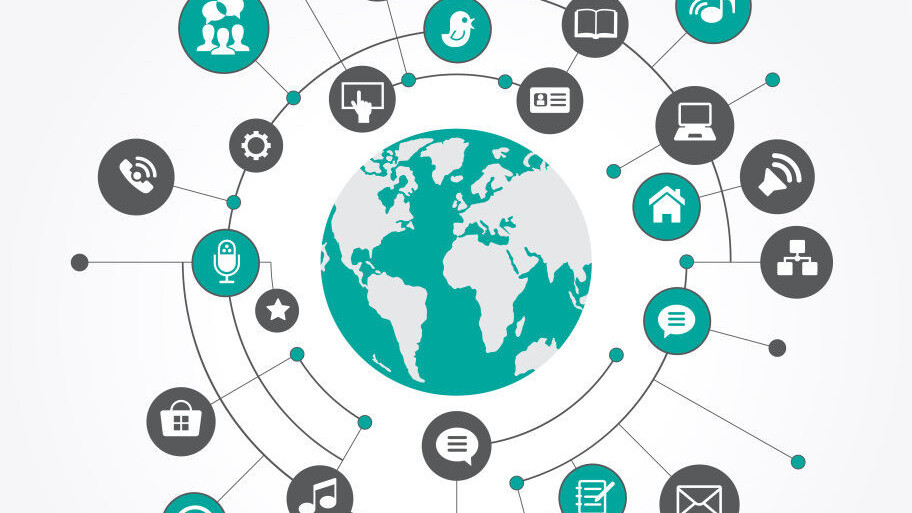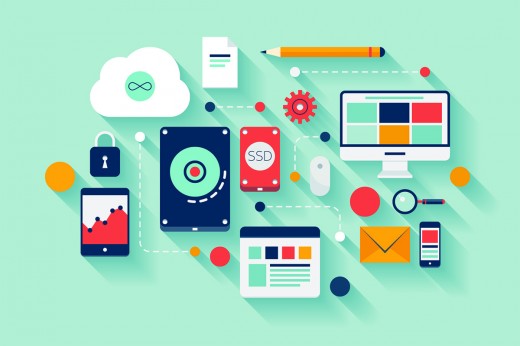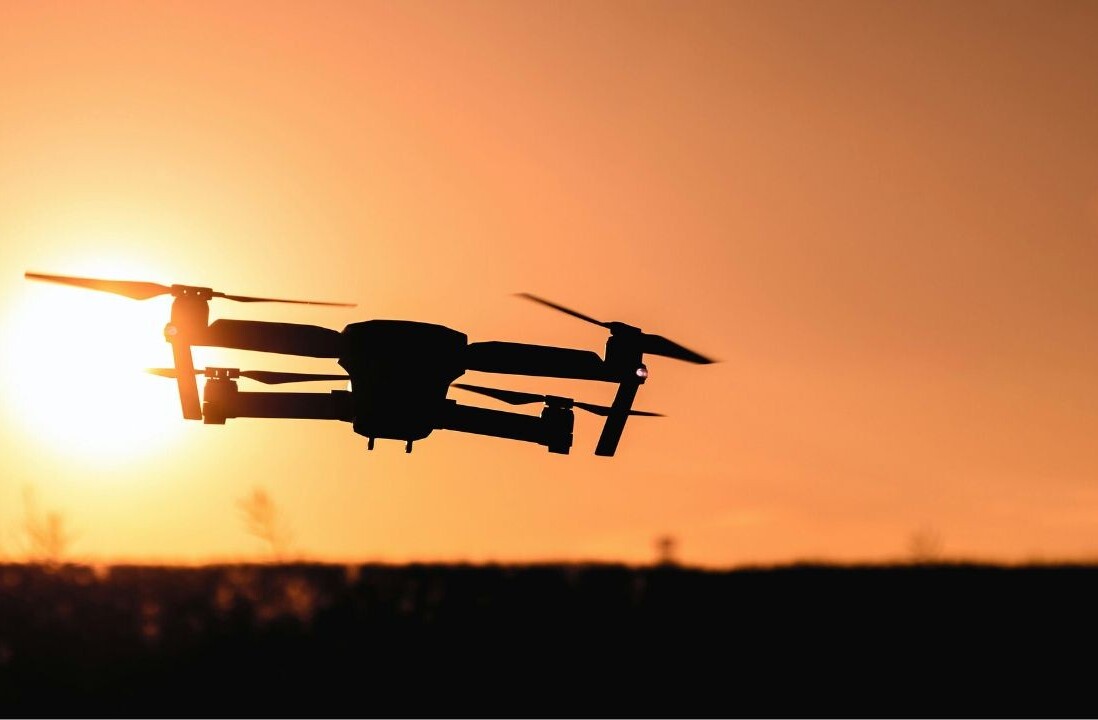
When the Internet of Things (IoT) became a trending topic a few years ago, thought leaders inside and outside of tech knew that it would be a transformational concept. But as part of the larger tech discussion it took a backseat to more exciting advancements like electric vehicles, mobility and widespread sustainable energy advancements.
However, IoT has charged to the forefront of the consumer technology discussion with market leaders like Google (Nest) and GE investing heavily in connected devices. The internet of Things is one of the most important technology concepts since the internet itself, promising a sea change in the way people and businesses interact with technology.
In 2014, Gartner predicted that by 2020 there would be 25 billion connected devices, three for every human on the planet; Cisco went a step further, predicting that number would be double. And these same analysts are predicting the market opportunity for IoT to explode into the trillions in the same time period.
GE’s Jeff Immelt said of IoT, “A locomotive today is a rolling data center. An aircraft engine is a flying data center. This is producing terabytes of data every day. This data can be used to give back to customers, to drive fuel-efficiency, better performance, better environmental performance. We can take the same technology and do it in our plants. So every investor of an industrial company ought to understand what their internet strategy is.”

But there are key questions fundamental to both the internet and the technology that need to be answered before the full IoT promise can be fulfilled. Here are four areas that need to be addressed before the IoT revolution can begin in earnest.
How are devices named and organized?
The internet is the starting point and the finish line for IoT technology. And the naming and identity of IoT devices are two of the most critical components of tracking, measuring and maintaining performance. Every connected device has a unique IP address which needs to be named, organized, measured and optimized. Connectivity needs to be ensured and tracked and performance metrics need to be met. There is also the question of whether new taxonomies need to be created as our concept of IoT continues to evolve into the future.
With the scale we’ll see over the next five years and beyond, this task will be mammoth not only in breadth, but in depth. Maintaining availability, security, and speed for interconnected devices will be necessary to realize the full IoT promise.
How are devices tracked and monitored?
The commercial applications of IoT are mind-boggling. Wearables, implants, vehicles, domestic applications and flying devices like drones – virtually every machine that operates in every market and sector can be connected to the internet.

Tracking these devices and ensuring these billions of “things” are always up and performing will require tools and organizations adept at understanding the internet from every vantage point to win and succeed. For devices that sit at the horizon of life and death, monitoring for hijacks and instantaneously responding to outages becomes more than mission critical. Effective tracking and monitoring will require insight into IP address management and routing and visibility into an ever expanding global cloud.
How is performance measured and optimized?
Internet performance to IoT will be a hot topic moving forward, but so will optimization. As billions more devices become internet dependent, an already robust system will need to become even more performance-driven and reliable. But it’s unclear how the system will keep up with this increased strain.
Experts predict that by 2017, four out of five new cars will have an internet connection. With each connected car of the future sending 25 Gigabytes of data to the cloud every hour; this means 130 Terabytes of primary data storage will be needed in the cloud for every car every year. If this is just the data storage parameters of one car, imagine the data storage needs of billions of other complex, connected devices.
Optimization will need to be performed on many levels to ensure the best end-user experience; after all, the true IoT revolution cannot be realized unless all of the devices connecting our world work at their peak performance.
How is security ensured across billions of connected things?
Security may be the biggest X factor when it comes to widespread IoT adoption. How can security be ensured when health and personal safety are at risk? And what can IoT makers do to prevent hacking and attacks between interconnected devices that work together but may have varying security protocols?

Big data tools may be the key to alerting when attacks are on the horizon or in progress. By comparing malicious activity from the past to patterns occurring in real time, big data security can combine with smart monitoring systems to mitigate security threats, learning from attacks and spreading knowledge about security threats worldwide.
How will IoT devices be maintained?
Maintenance is a critical issue to understand as billions of new devices flood the internet. Given the large number of unmaintained computers that are hijacked or used for other unproductive purposes, it’s not a stretch to see a future where IoT devices that are unmaintained can have a widespread detrimental impact on the global online community.
In addition, the IoT ecosystem will likely be highly competitive and highly turbulent, with many companies being started and going out of business over the next two decades.
How will devices created from these companies be maintained and how will bugs and other upgrades be managed, fixed and supported in a fast-changing marketplace? What does that do to the internet’s ability to deal with malicious actors? These issues will become significant as we move into an environment with many, many more devices interconnected and online.
Read next: 9 worst Internet of Things junk at Mobile World Congress
Get the TNW newsletter
Get the most important tech news in your inbox each week.





